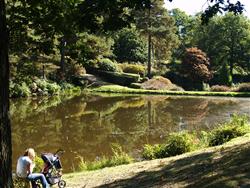
Study Nature Park Management Online
Learn about natural environments, and the management of zoos, wildlife parks, nature reserves. The course covers many of the fundamental tasks which people who work in such parks need to do; including weed control, soil management, land rehabilitation, landscape construction, etc.